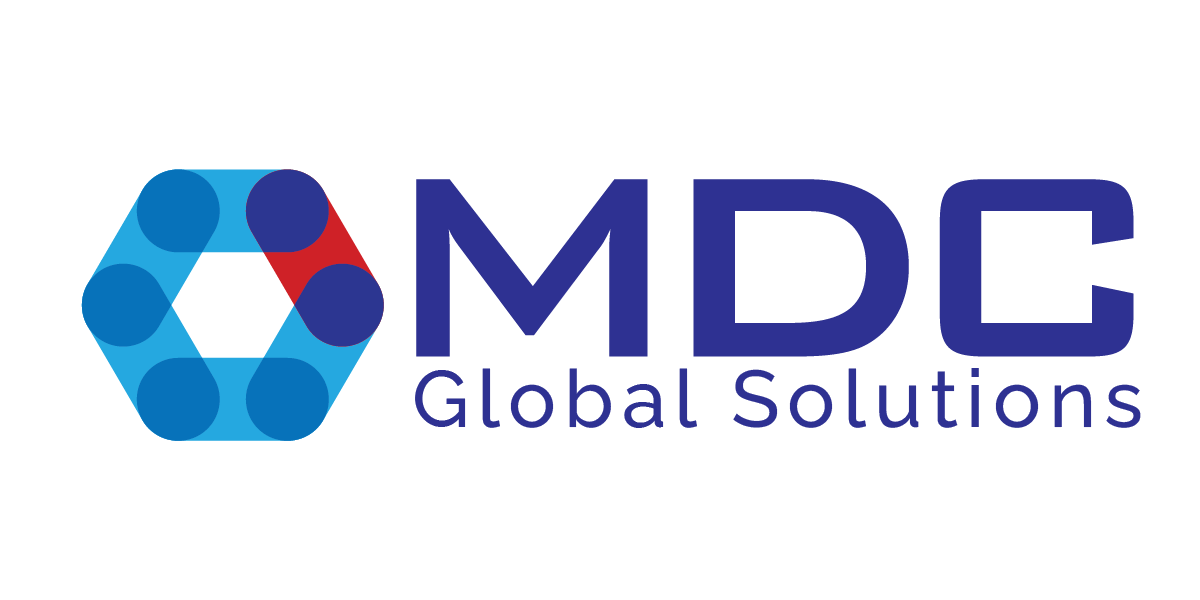Risk management and compliance are only part of the equation
Governance is essential to the success of any federal program. But governance can mean much more than following rules and regulations. Taking this limited view can make governance equivalent to risk management — a “guardrail” measure that’s only designed to achieve baseline regulatory and compliance goals. Doing so leaves opportunities on the table.
At its best, governance is a framework to achieve your agency’s mission. It reflects the organization’s culture and values—or at least, the culture you aspire to achieve—along with real-world functions such as how you choose to communicate with staff and stakeholders, strategic planning, and yes, how you approach and manage risk.
So much falls under the umbrella of governance: Strategic and financial planning. Operational parameters and guidelines. Legal and ethical responsibility. And, of course, compliance and accountability. Risk management and mitigation play substantial roles in all of these activities.
The Fluid Meaning of Risk
What do we mean by “risk?” Is it only the consequences an agency could face by not meeting established requirements? That’s a definite consideration, and could cover any number of challenges, from security threats to increased oversight and scrutiny — and may even include failing to complete the mission.
Sometimes leadership uses “risk” as another way of saying “money.” We’ve all heard the expression, “We’re going to take risk in this program.” If what’s needed to support a program is more than what Congress has allocated, then it would be a risk to assume that more money will be available down the road. Leadership’s tolerance for risk is often balanced against the need to complete the task, even if the budget is not yet allocated.
Risk and Reality
A major element of governance processes is to inform the senior management about how effectively they are achieving their mission in relation to the available funding. Smart program management is a key mechanism to implement and support governance on the ground.
To justify expenditures to Congress, accurate, timely reporting is crucial. At the Department of Homeland Security (DHS), my team helped implement a phase of their Earned Value Management approach to create these reports. We also helped the agency establish the business processes for reporting to show if projects are achieving their goals. This helps assure all stakeholders that the program — and any risk to its success — is being managed effectively.
Governance as an Innovation Engine
Rather than focus on the risk mitigation element of governance, there’s an opportunity to go much further. While achieving the mission is always of prime importance, strategic planning can lead to real innovation, with governance defining how to succeed.
Senior leaders can take this as an opportunity to take new paths; strategies can and should be linked to the vision the senior leaders have for the organization. This mindset takes governance beyond compliance and risk management. Leaders can build high-level objectives, then align and motivate teams to help achieve that vision while enabling the organization to achieve the overall mission more effectively — often at a higher level of capability than previously reached.
Partnering for Transformation
Driving toward this more expansive vision of governance takes a combination of internal and external expertise. The right partnership helps reduce risk while enabling mission-focused capabilities. MDC is adept at guiding and supporting transformation to enact processes that empower people to create better outcomes.
To support the transition of military treatment facilities (MTFs) under the umbrella of DHA, we called on our experience developing effective business processes and reporting structures. These are designed to inform and help guide leadership’s efforts as they manage their organizational transitions, enabling an agency with less history than many others to create governance processes that meet the needs of a rapidly evolving force.
Historically, governance has tended to be more focused on compliance and risk reduction than on enabling change. But agencies across governance are seeing that governance can mean much more. With MDC’s support, your organization can effectively manage risk while charting an aspirational course that enables mission success and innovative thinking.




